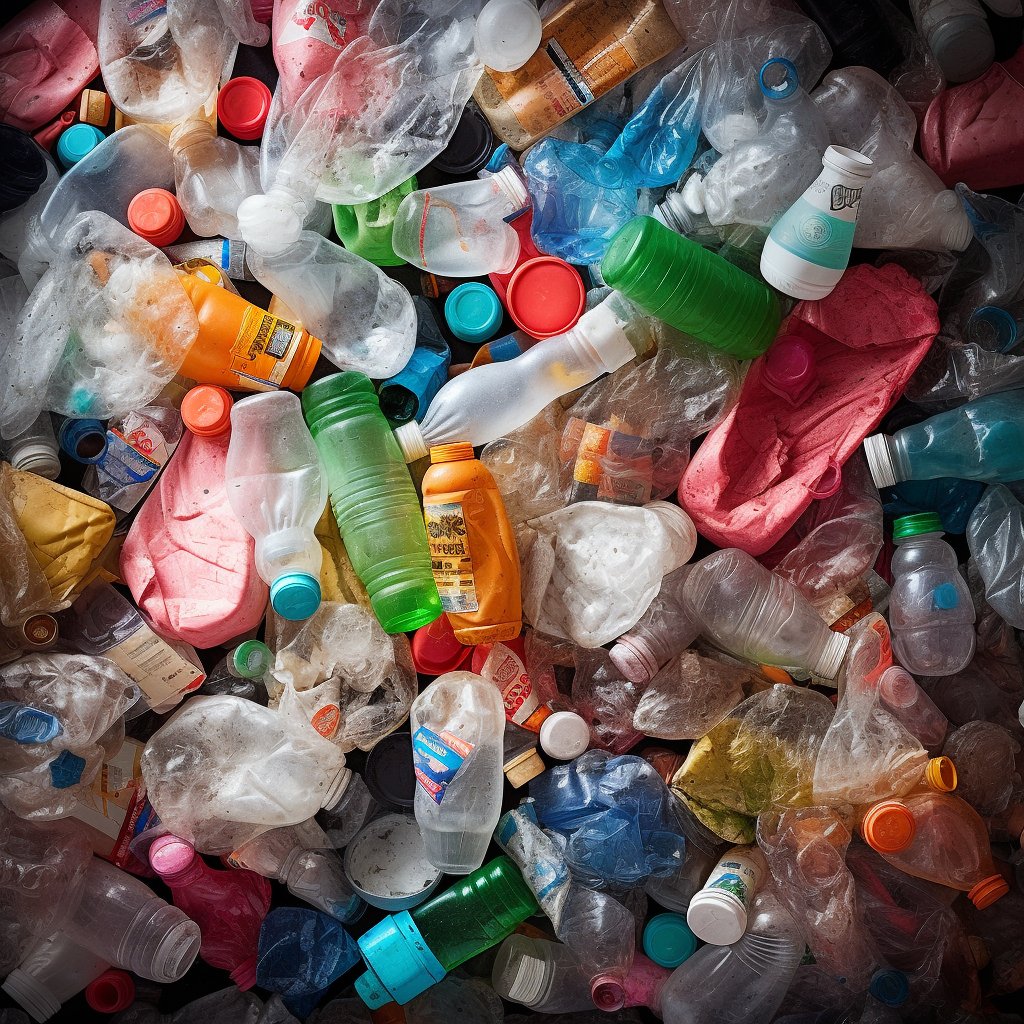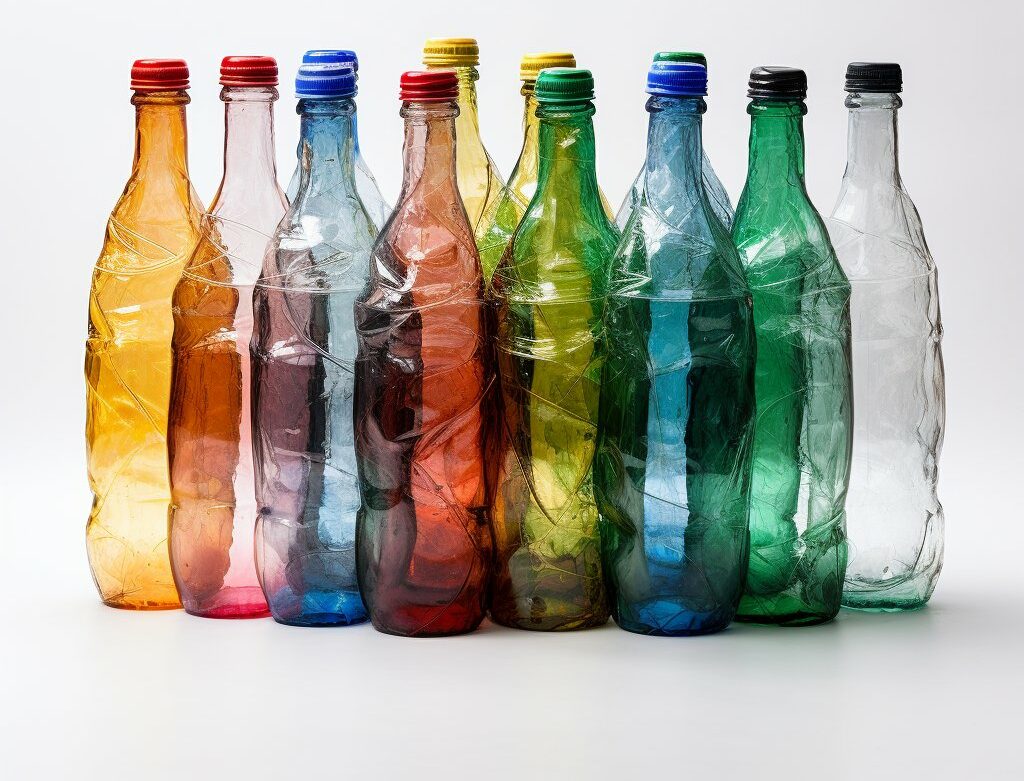Polypropylene (PP) is a versatile polymer widely used in the plastics industry due to its excellent chemical and physical properties. However, the toxic chemicals released during the manufacturing, use, and disposal of polypropylene can adversely affect human health and the environment.
Toxic Chemical Polypropylene is one of the most widely used plastics in the world, with a diverse range of applications in consumer products and industrial processes. However, its widespread use also poses significant environmental and human health challenges, particularly due to its non-biodegradable nature and potential toxicity.

Types of Toxic Chemicals Found in Polypropylene
Polypropylene is a synthetic polymer that is produced by polymerisation of propylene monomers. During manufacturing, various toxic chemicals are released, including formaldehyde, benzene, and carbon monoxide.
Formaldehyde is a colourless gas with a pungent odour widely used to produce resins, plastics, and textiles. Exposure to formaldehyde can irritate the eyes, nose, and throat, and prolonged exposure can lead to cancer.
Benzene is a colourless liquid with a sweet odour that is widely used in producing plastics, rubber, and synthetic fibres. Exposure to benzene can cause dizziness, headaches, and in severe cases, leukaemia.
Carbon monoxide is a colourless gas with no odour or taste produced during fossil fuel combustion. Exposure to carbon monoxide can cause headaches, nausea, and in severe cases, death.
Industrial Usage of Polypropylene
Polypropylene is used in various industrial applications, including packaging, automotive, construction, and healthcare. In the packaging industry, polypropylene is used to produce containers, bags, and films due to its high clarity, stiffness, and moisture resistance.
Due to its lightweight, impact resistance, and durability, polypropylene is used to produce interior and exterior components, such as bumpers, dashboard trims, and door panels.
In the construction industry, polypropylene is used to produce pipes, fittings, and insulation materials due to its high strength, chemical resistance, and thermal insulation properties.
In the healthcare industry, polypropylene is used to produce medical devices, such as syringes, catheters, and surgical instruments, due to its biocompatibility, sterilisation resistance, and transparency.
Application Areas of Polypropylene
Polypropylene is used in various consumer products, including food packaging, toys, furniture, and household appliances. In food packaging, polypropylene is used to produce containers, cups, and lids due to its heat resistance, clarity, and sealing properties.
In toys, polypropylene is used to produce dolls, action figures, and puzzles due to its durability, flexibility, and colourability. In furniture, polypropylene is used to produce chairs, tables, and storage containers due to its lightweight, stackability, and design flexibility.
In household appliances, polypropylene is used to produce microwave-safe containers, cutting boards, and utensils due to its heat resistance, non-toxicity, and ease of cleaning.

Material Properties of Polypropylene
Polypropylene has several material properties, making it a popular choice in the plastics industry. Polypropylene has a high strength-to-weight ratio, making it lightweight yet durable. It is also resistant to moisture, chemicals, and UV radiation, making it ideal for outdoor applications.
Polypropylene is also highly flexible, allowing it to be moulded into various shapes and sizes. It also has a high melting point, making it suitable for high-temperature applications.
Market Price Developments of Toxic Chemical Polypropylene
Several factors, including raw material costs, supply and demand dynamics, and government regulations influence the market price of polypropylene. Polypropylene prices have been relatively stable in recent years, with minor fluctuations due to supply chain disruptions and changes in global demand.
The price of crude oil, which is a key raw material in the production of polypropylene, can also impact the price of polypropylene. When crude oil prices increase, the cost of producing polypropylene also increases, which can lead to higher prices for end-users.
Global Impact of Toxic Chemical Polypropylene
Polypropylene is a widely used polymer with a significant global impact. Its production, use, and disposal can adversely affect human health and the environment, particularly in developing countries with inadequate waste management systems.
The release of toxic chemicals during the production of polypropylene can lead to air and water pollution, which can negatively impact the environment and human health. Additionally, the disposal of polypropylene waste in landfills can lead to the release of greenhouse gases, contributing to climate change.
Future Market Prognosis for Toxic Chemical Polypropylene
The demand for sustainable and eco-friendly plastics is increasing, which is driving innovation in the recycling of polypropylene waste. Several recycling technologies are being developed to recycle polypropylene waste, including mechanical recycling, chemical recycling, and pyrolysis.
Mechanical recycling involves melting down and reshaping polypropylene waste into new products, while chemical recycling breaks down the polymer into its constituent monomers, which can be used to produce new polymers.
Pyrolysis involves heating polypropylene waste to high temperatures without oxygen, which breaks down the polymer into its constituent chemicals, including oil and gas. These chemicals can be used as feedstocks in producing new polymers, reducing the demand for crude oil.
Environmental Impact of Toxic Chemical Polypropylene
The production and disposal of polypropylene can have several negative environmental impacts. These include:
- Release of greenhouse gases: Polypropylene is made from fossil fuel crude oil. The production and transportation of crude oil release greenhouse gases, which contribute to climate change.
- Landfill waste: Polypropylene is not biodegradable and can take hundreds of years to decompose in landfills. As it breaks down, it can release toxic chemicals into the environment, contaminating soil and groundwater.
- Marine pollution: Polypropylene is a common form of marine debris and can cause harm to marine life. Animals can ingest polypropylene, which can cause blockages in their digestive systems and ultimately lead to death.
- Air pollution: Polypropylene production can release toxic chemicals into the air, contributing to poor air quality and harming human health.
Economic Impact of Toxic Chemical Polypropylene
The production and use of polypropylene significantly impact the economy, particularly in the plastics industry. Some of the economic impacts of polypropylene include:
- Employment: The production and use of polypropylene support many jobs in the plastics industry, including in manufacturing, transportation, and sales.
- Cost: The cost of polypropylene can fluctuate due to changes in the supply and demand for crude oil, which is a key raw material. This can impact the profitability of companies that use polypropylene in their products.
- Innovation: The demand for sustainable and eco-friendly plastics is driving innovation in the plastics industry. This has led to the development of new recycling technologies and the use of bio-based materials to replace traditional fossil fuel-based polymers.
- Waste management: Properly managing polypropylene waste can have economic benefits, such as creating new jobs in recycling and waste management industries.
Toxic Polypropylene recycling
- Challenges in recycling polypropylene: While polypropylene is a widely used plastic, it poses significant challenges for recycling. One of the major challenges is the high degree of contamination, making recycling difficult. Additionally, polypropylene can be difficult to sort and process, leading to lower-quality recycled material.
- Recycling technologies for polypropylene: Despite the challenges, several recycling technologies are being developed to recycle polypropylene waste, including mechanical recycling, chemical recycling, and pyrolysis. Mechanical recycling involves melting down and reshaping polypropylene waste into new products, while chemical recycling breaks down the polymer into its constituent monomers, which can be used to produce new polymers. Pyrolysis involves heating polypropylene waste to high temperatures without oxygen, which breaks down the polymer into its constituent chemicals, including oil and gas.
- The benefits of recycling polypropylene: Recycling polypropylene waste has several benefits, including reducing the demand for virgin materials, conserving natural resources, and reducing waste. Additionally, recycling can help to reduce the environmental impact of toxic chemical polypropylene by diverting waste from landfills and reducing greenhouse gas emissions.
- Future trends in polypropylene recycling: As the demand for sustainable and eco-friendly plastics continues to increase, there is a growing focus on developing new recycling technologies for polypropylene. These technologies aim to improve the quality of recycled polypropylene and reduce the environmental impact of the recycling process.
The impact of Polypropylene:
The toxic chemical Polypropylene is a versatile plastic that has revolutionised the industry and consumer products. However, its negative environmental and human health impact cannot be ignored. Recycling and disposal demand that we continue to explore innovative solutions to minimise its negative impact. We can ensure a brighter future for Toxic Chemical Polypropylene and the plastics industry.
Polypropylene is a widely used polymer with several toxic chemicals released during production, use, and disposal. The demand for sustainable and eco-friendly plastics is increasing, driving innovation in recycling polypropylene waste. Significant challenges still need to be overcome in developing countries with inadequate waste management systems. The plastics industry needs to develop and implement sustainable practices to minimise the negative impact of toxic chemical polypropylene on human health and the environment.







